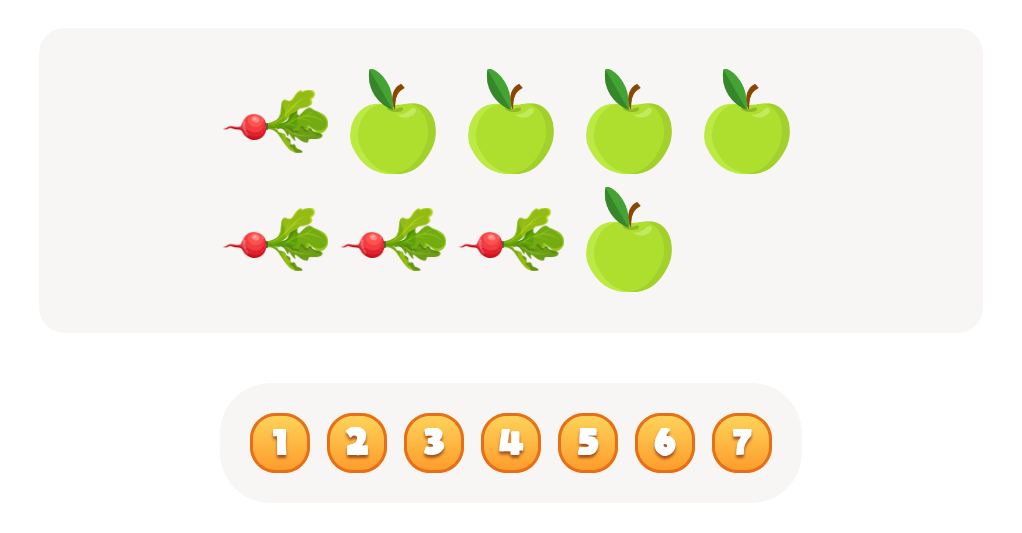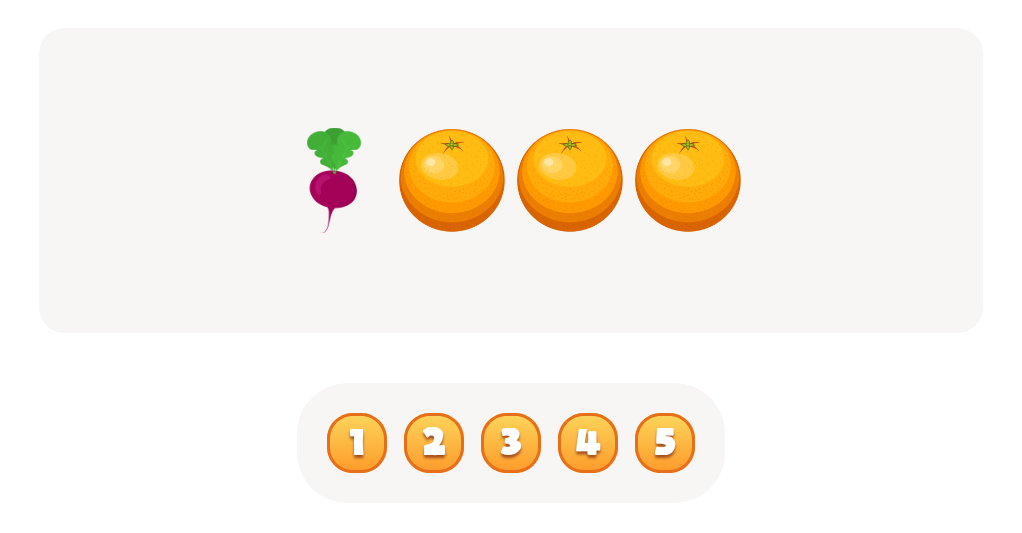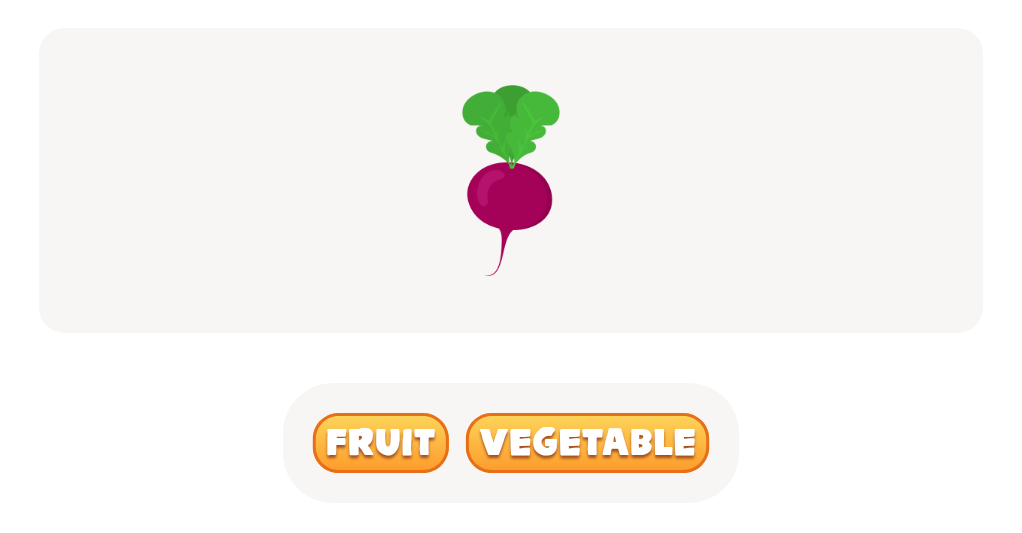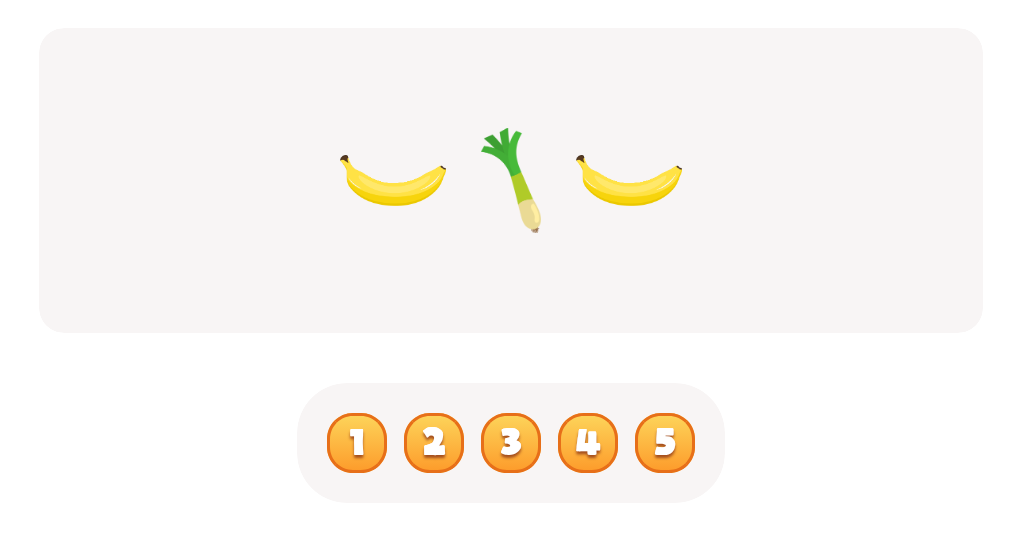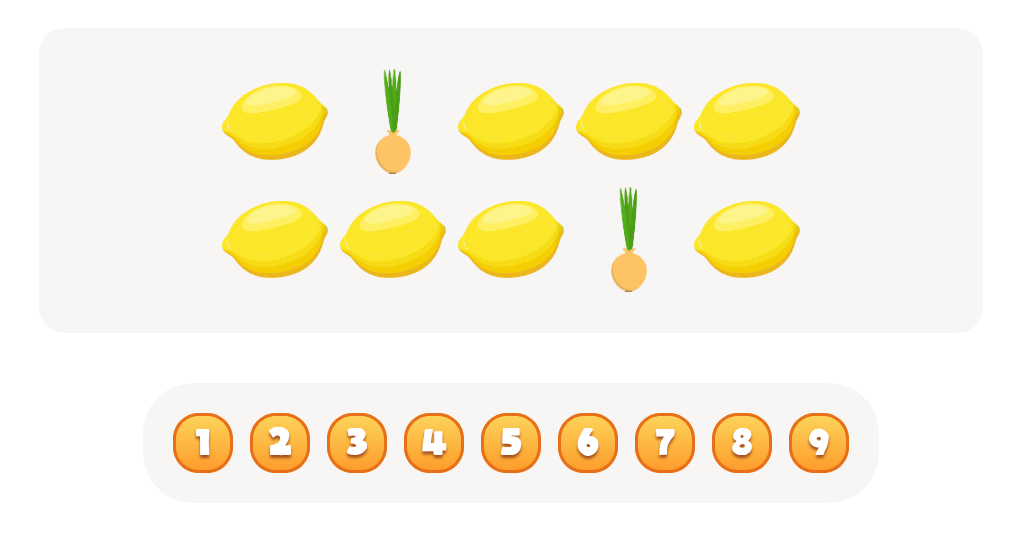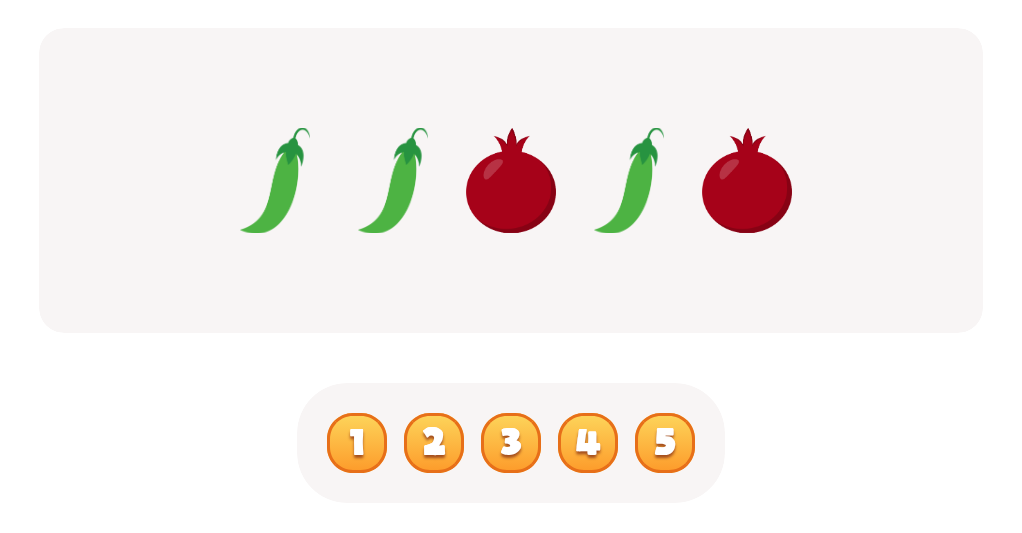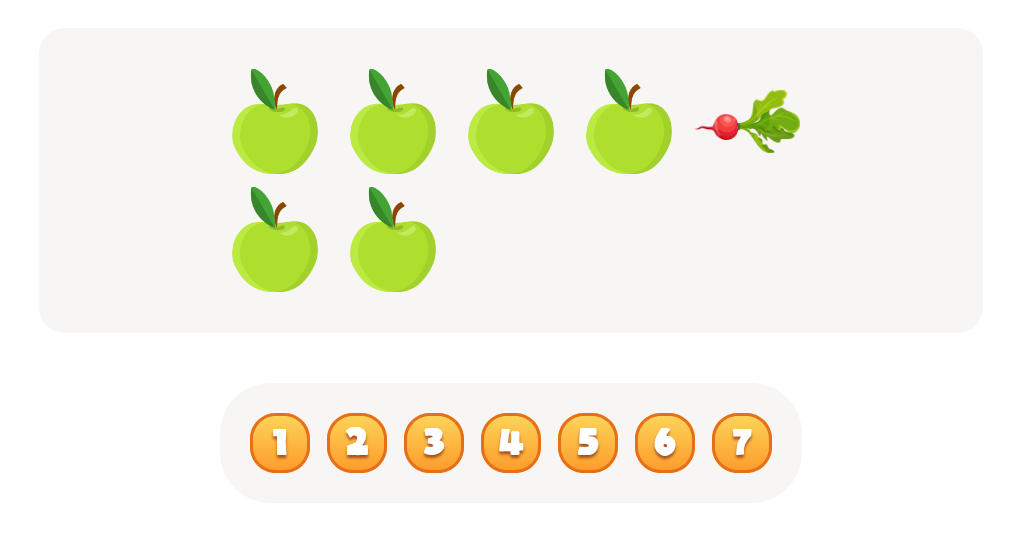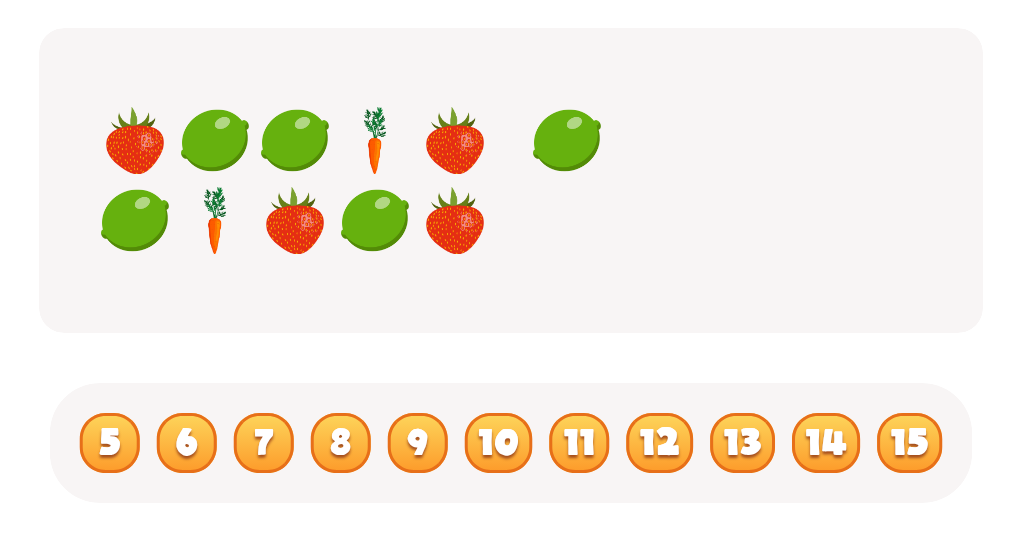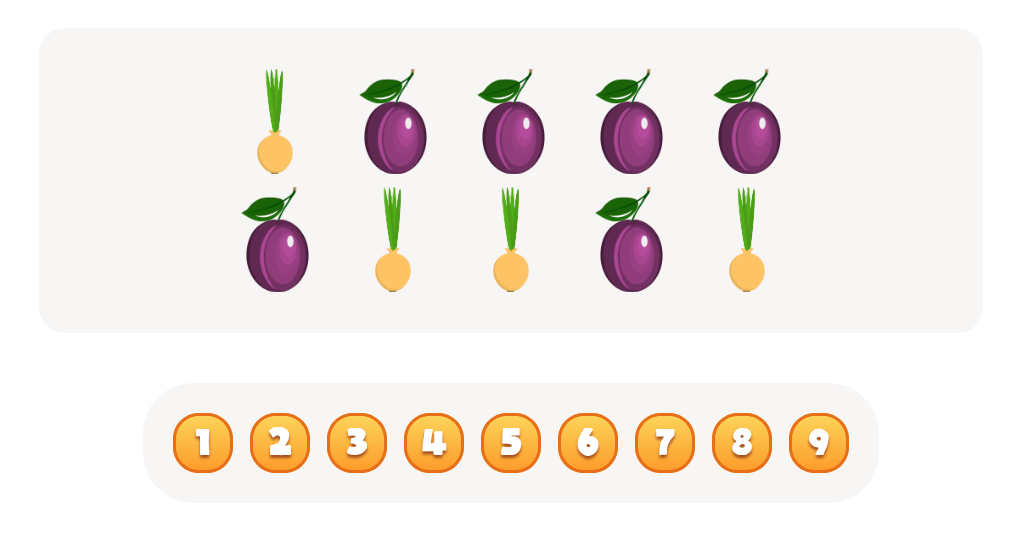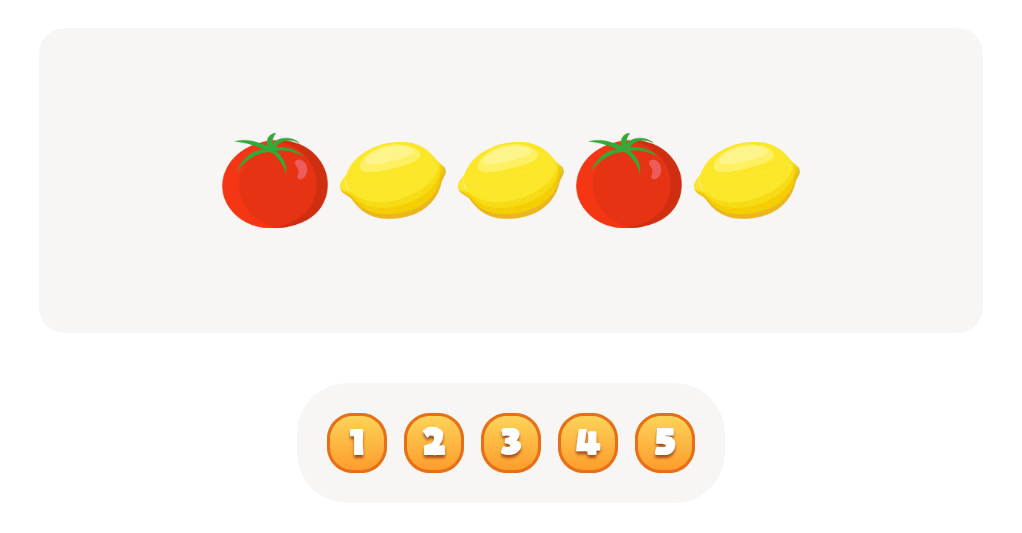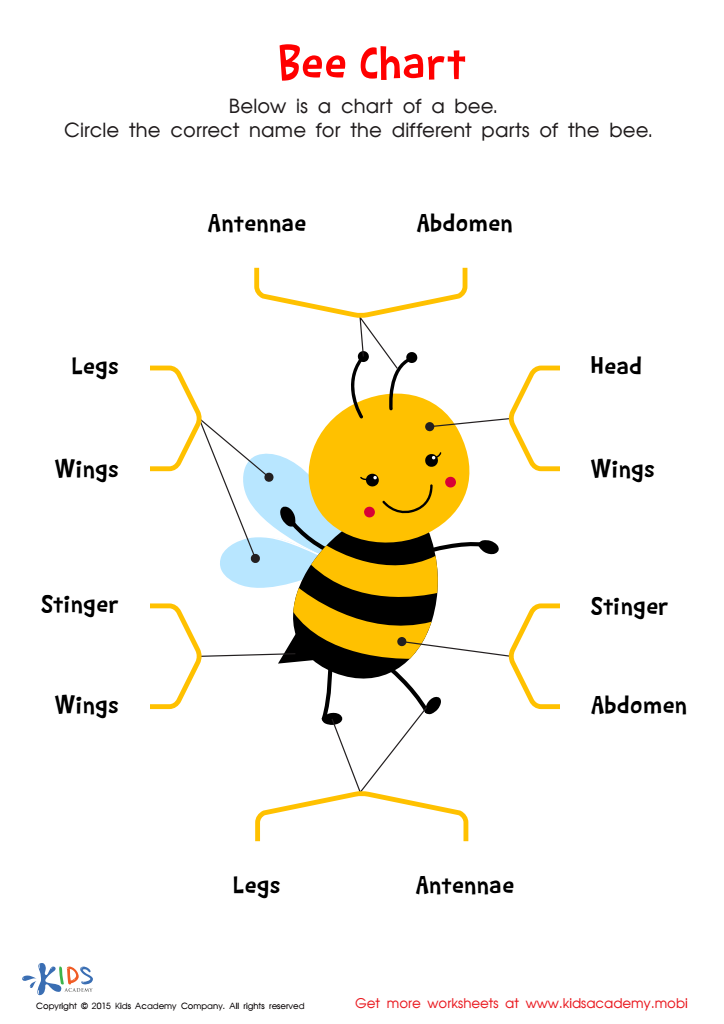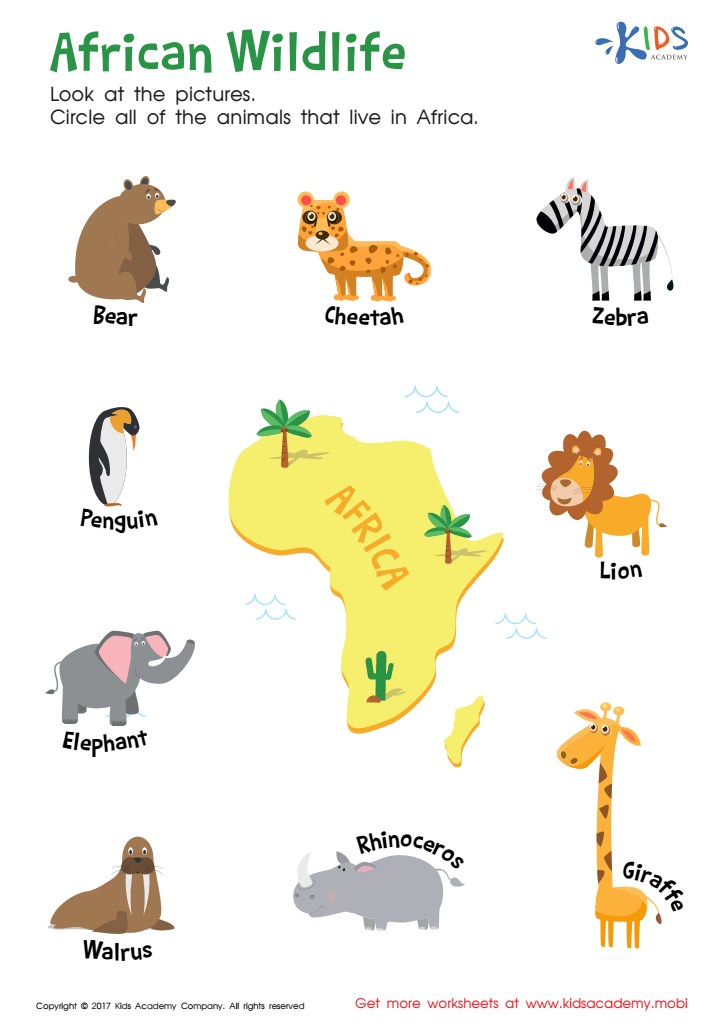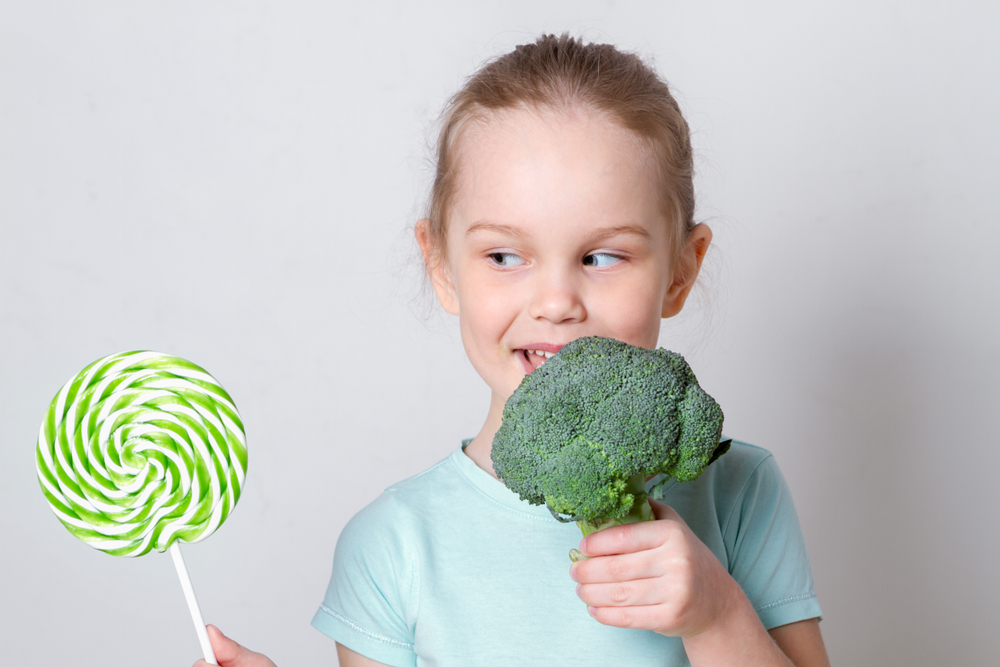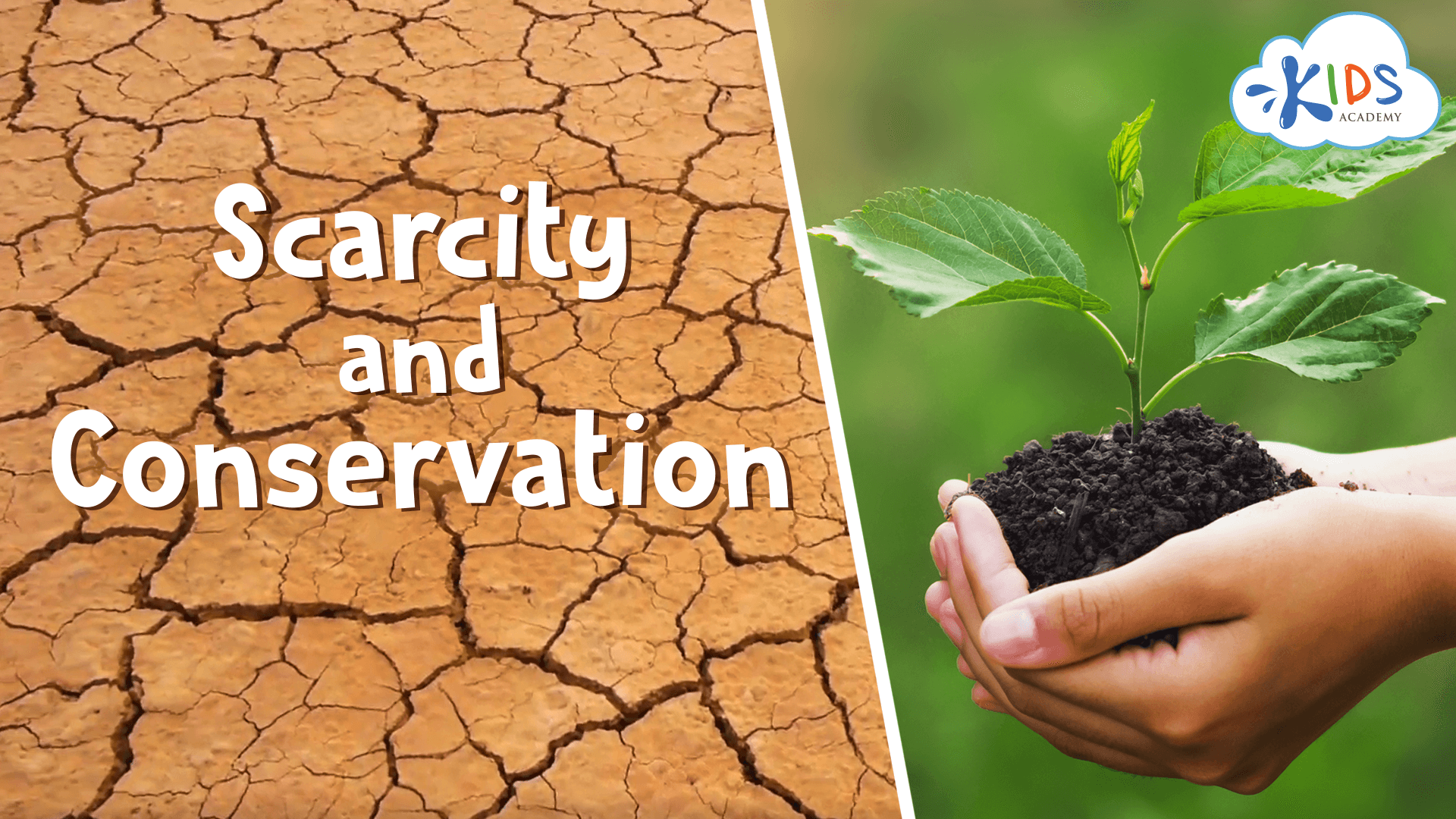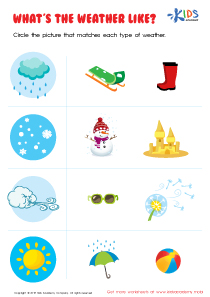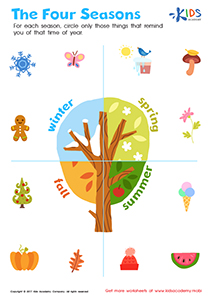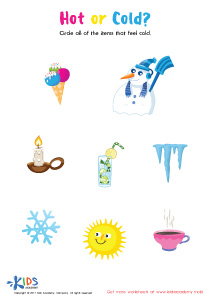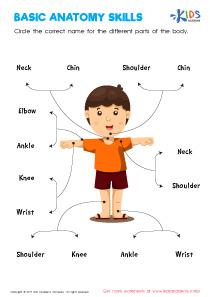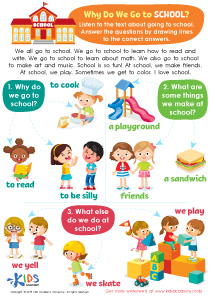Normal Plants and Animals Worksheets for Ages 6-8
12 filtered results
-
From - To
Discover our engaging "Normal Plants and Animals Worksheets" designed specifically for children aged 6-8! These interactive and fun worksheets help young learners explore the fascinating world of plants and animals, enhancing their understanding of nature and biodiversity. Each worksheet includes a variety of activities, from matching and identifying different species to coloring and creative drawing prompts. Ideal for both classroom learning and home study, these resources promote critical thinking, spark curiosity, and foster an appreciation for the environment. Support your child's learning journey today with our carefully crafted worksheets that bring the wonders of plants and animals to life!
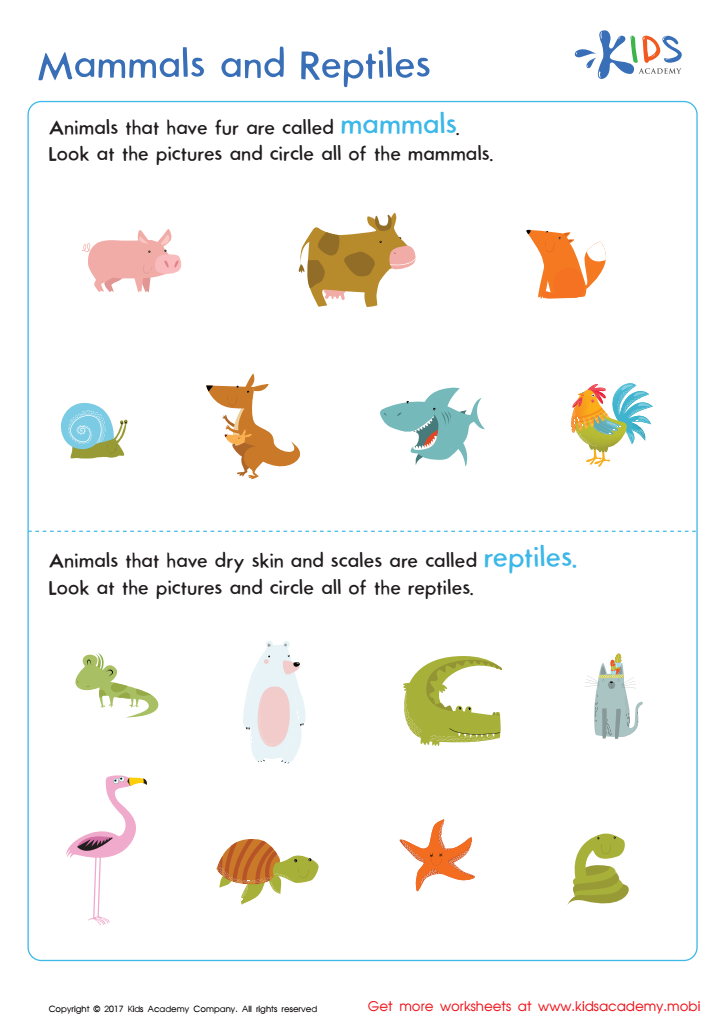

Mammals and Reptiles Worksheet
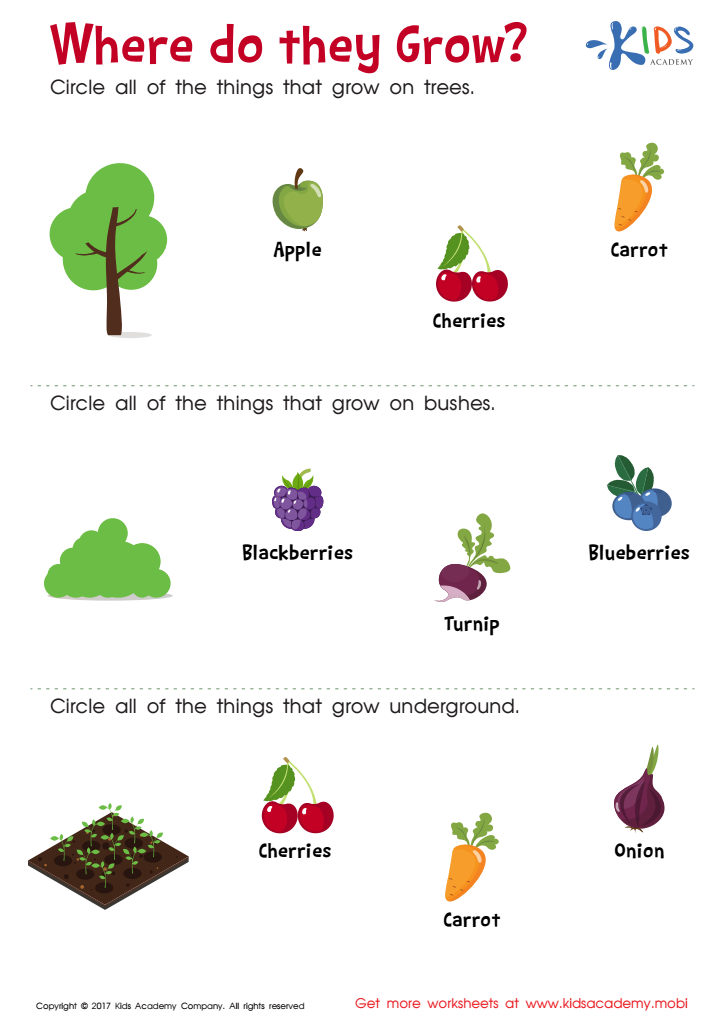

Where Do They Grow Worksheet
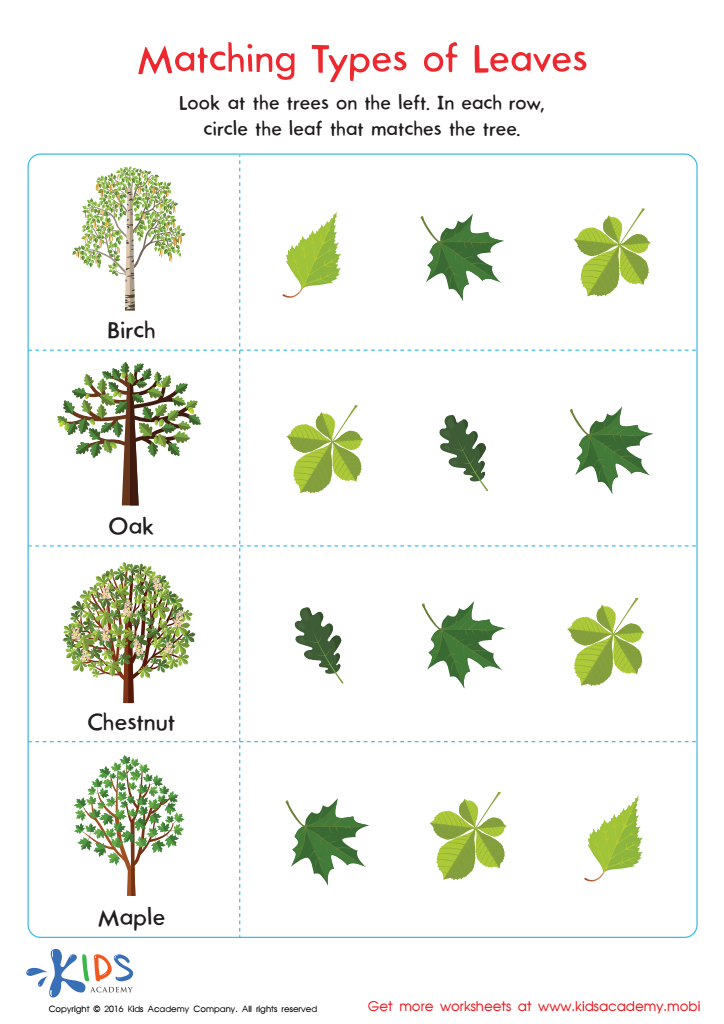

Matching Types of Leaves Printable
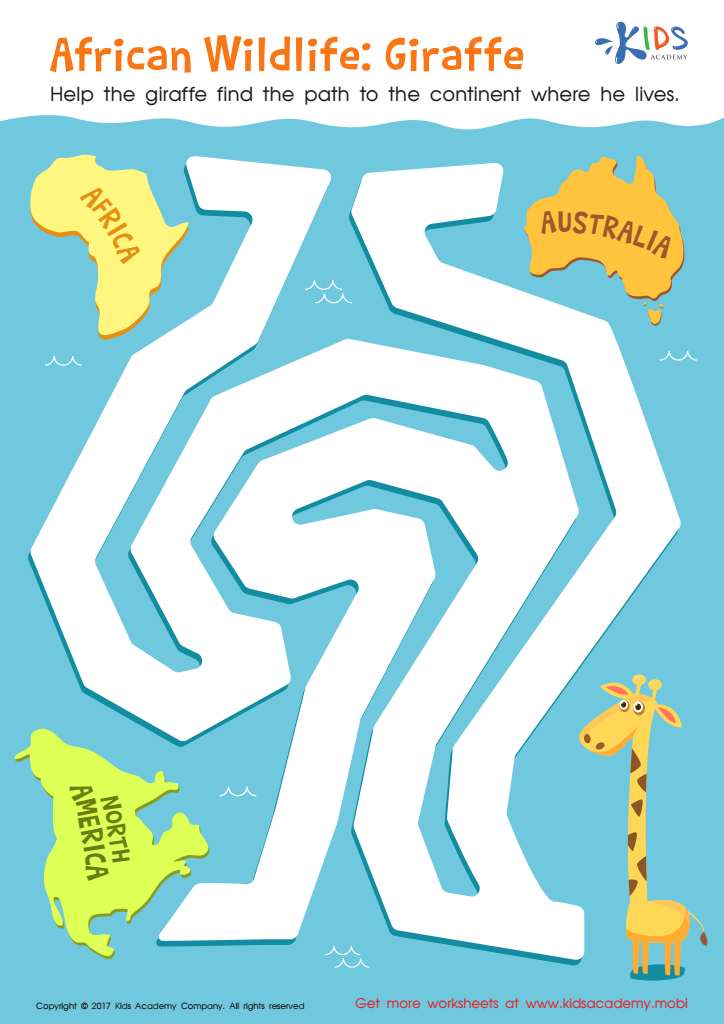

African Wildlife: Giraffe Worksheet
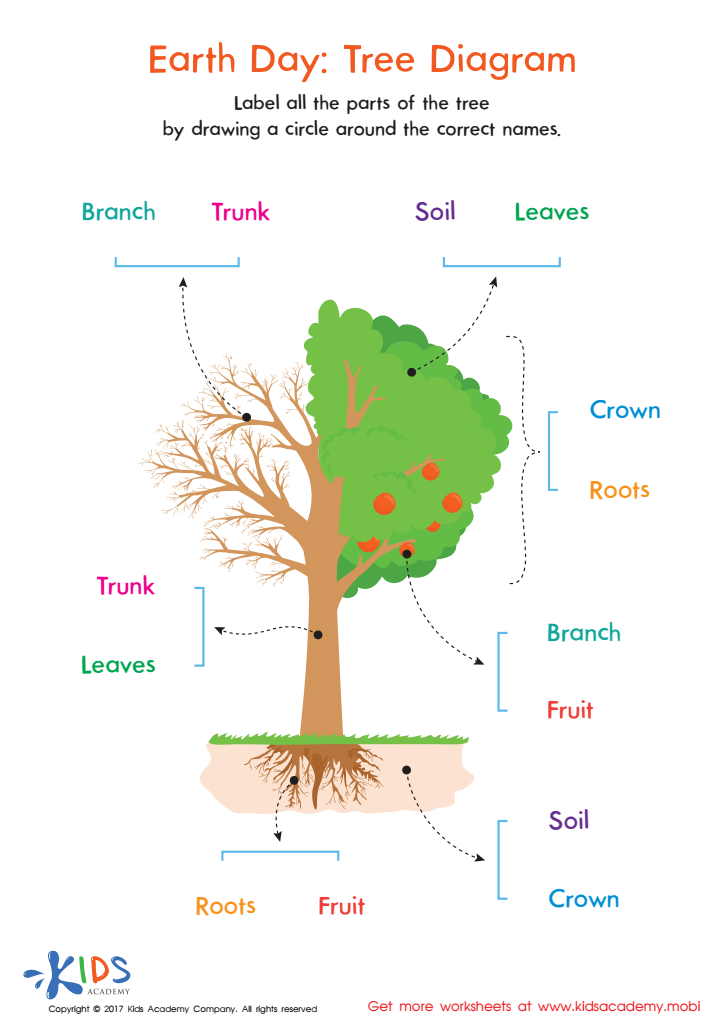

Earth Day: Tree Diagram Worksheet
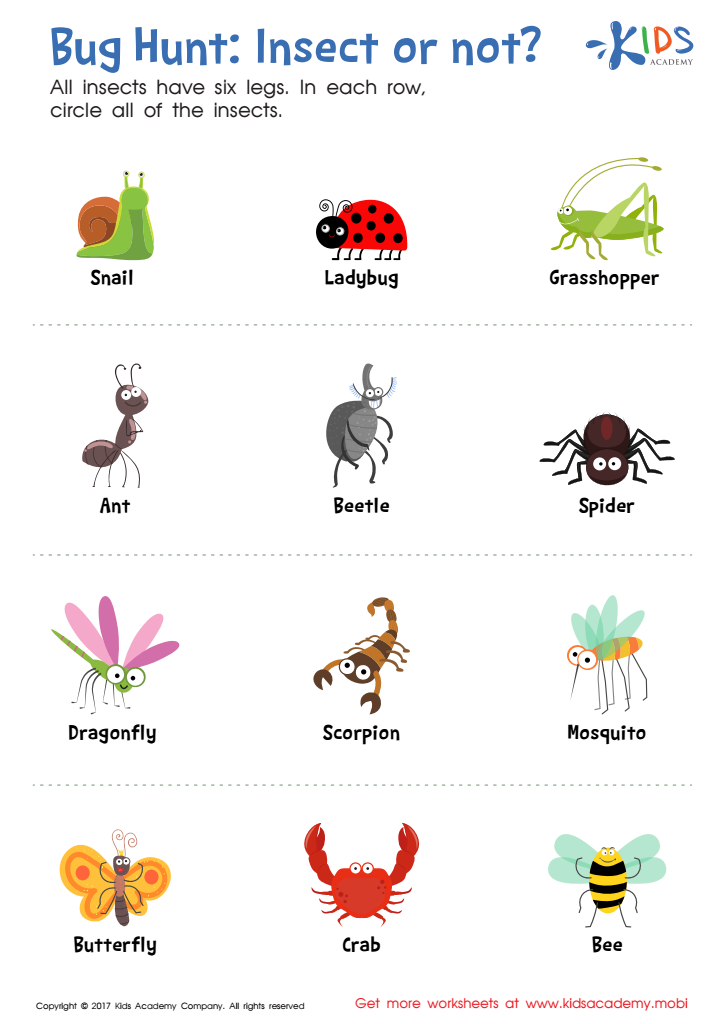

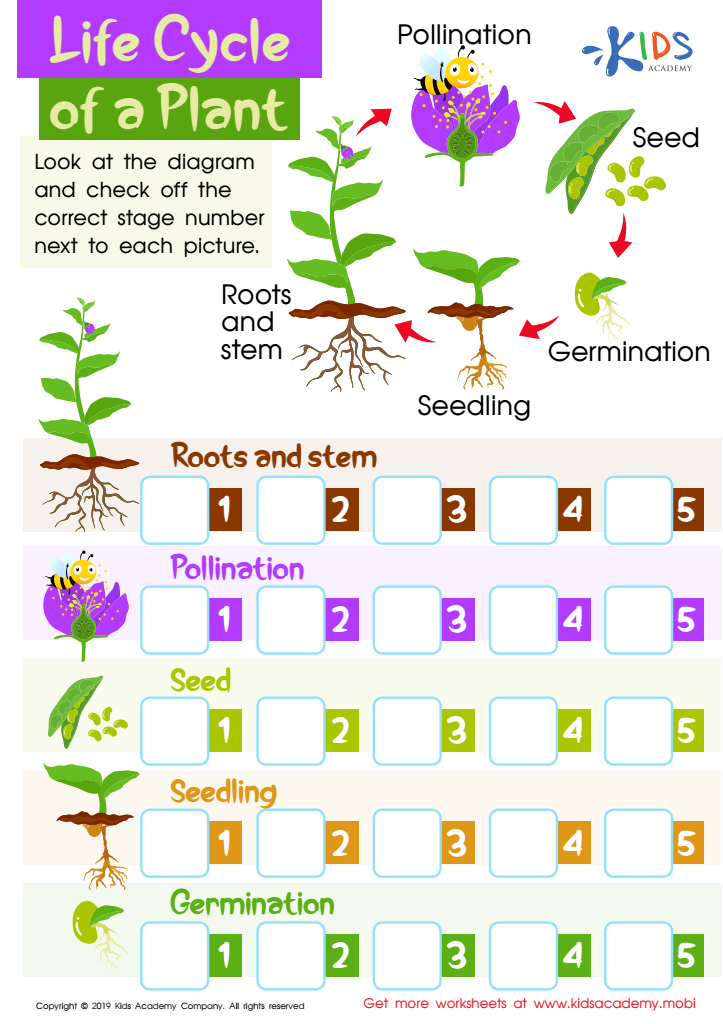

Life Cycle of a Plant Worksheet
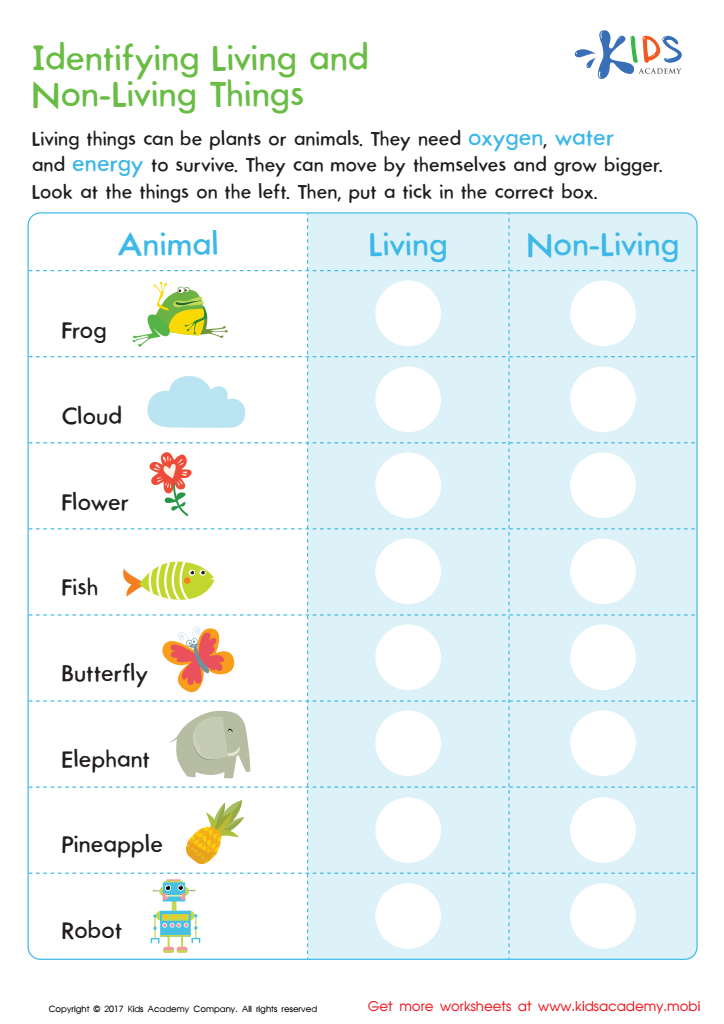

Identifying Living or Non–living Worksheet
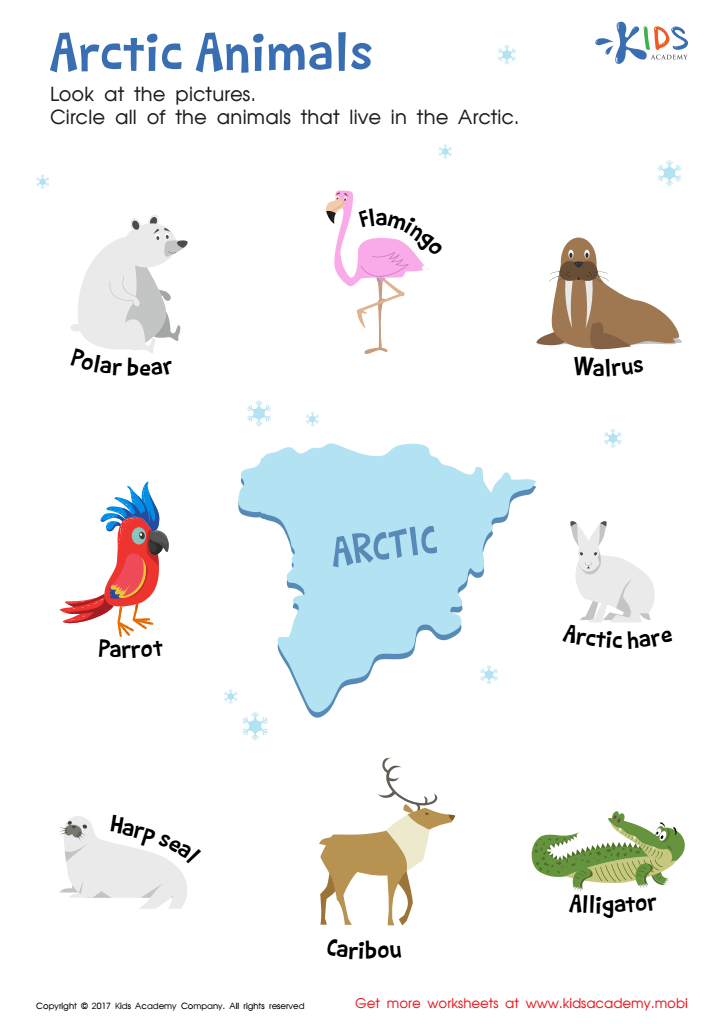

Arctic Animals Worksheet
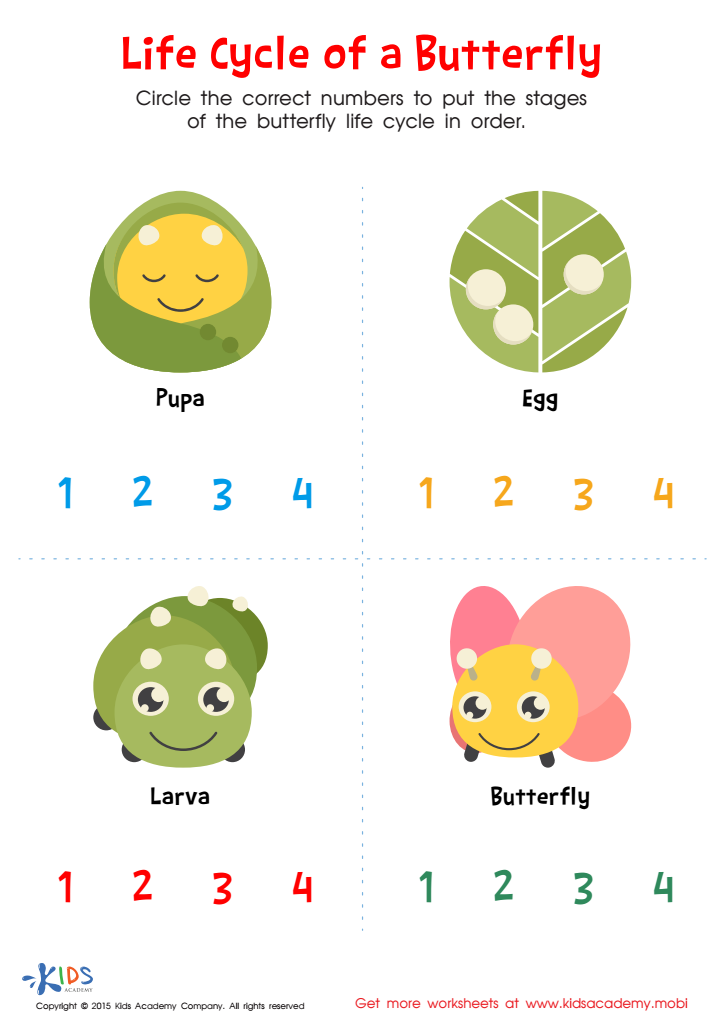

Life Cycle of Butterfly Printable
Parents and teachers should care about normal plants and animals for children ages 6-8 because these foundational concepts play a crucial role in a child's understanding of the world. At this age, children are naturally curious and eager to explore their environment. By introducing them to normal plants and animals, we foster an appreciation for nature, encouraging them to observe and relate to the living things around them.
Learning about plants and animals enhances critical thinking skills as children explore ecosystems, food chains, and the interdependence of species. It also teaches empathy and respect for living organisms, helping young learners recognize the importance of conservation and responsible stewardship of the environment.
Furthermore, understanding the role of plants and animals in our daily lives—from the oxygen we breathe to the food we eat—builds a solid scientific foundation. This knowledge can spark interest in the sciences, establishing the groundwork for future learning.
Finally, discussions about local flora and fauna create opportunities for hands-on experiences, such as gardening or nature walks. These activities promote teamwork, observational skills, and connection to the community. Overall, emphasizing normal plants and animals enriches education and supports holistic development in children.
 Assign to My Students
Assign to My Students
